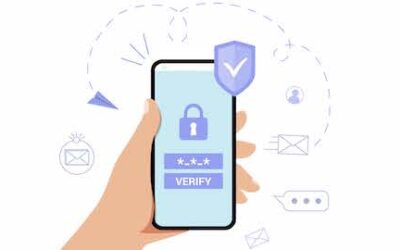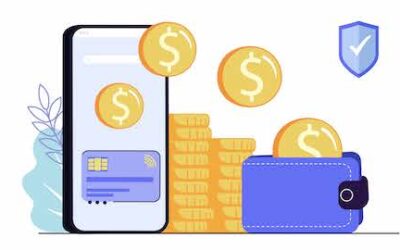Zumigo Solutions in Action
See how customers use Zumigo to establish trust and prevent fraud across different businesses
Zumigo identity verification and authentication solutions help businesses with enhanced KYC; identify real-time risk and prevent fraud; and reduce chargebacks while making the consumer digital experience low-friction and seamless. Any business across industries that engages with consumers via digital channels will find the following key use cases applicable.
Zumigo Solution Key Use Cases
Safely originate a new account
Fraud occurs when a fraudster opens a new account – including credit card, bank, insurance…
Improve conversion rate with express form fill
Filling out personal information on a mobile phone with small virtual keys results in lots of friction.
Enhance security with MFA
Passwords are not the most secure way of protecting accounts. Sometimes users forget their…
Prevent online purchase fraud
Online purchases made with stolen payment card information cost merchants millions in chargeback…
Prevent fraud in mobile wallet
Mobile wallet allows a user to make payment using the payment information stored in an app…










